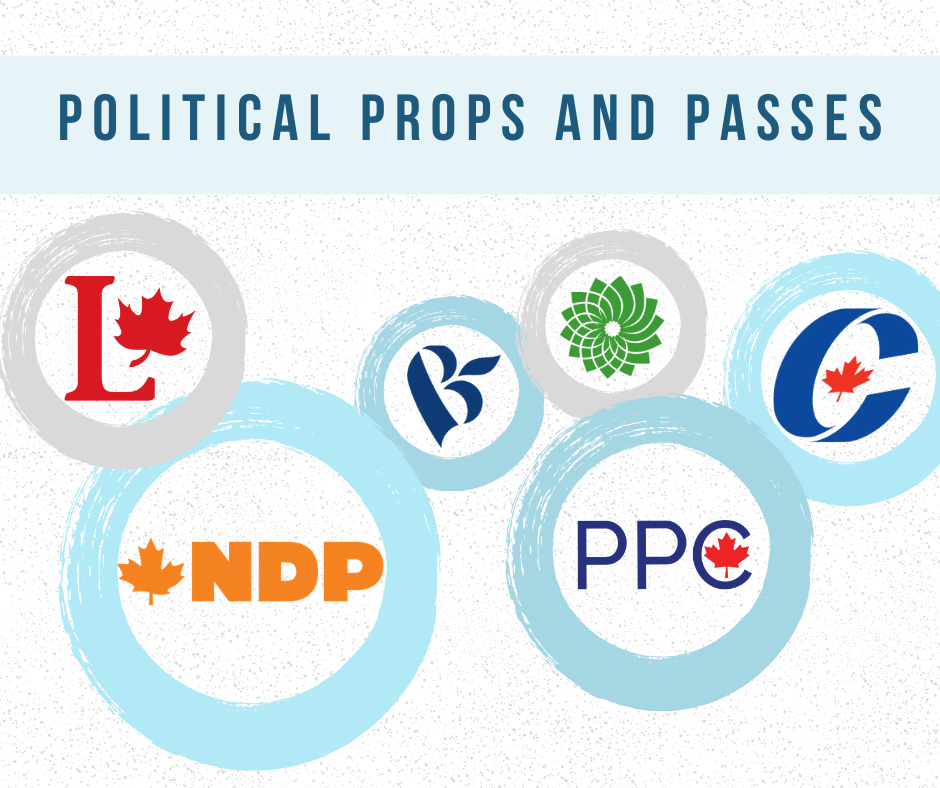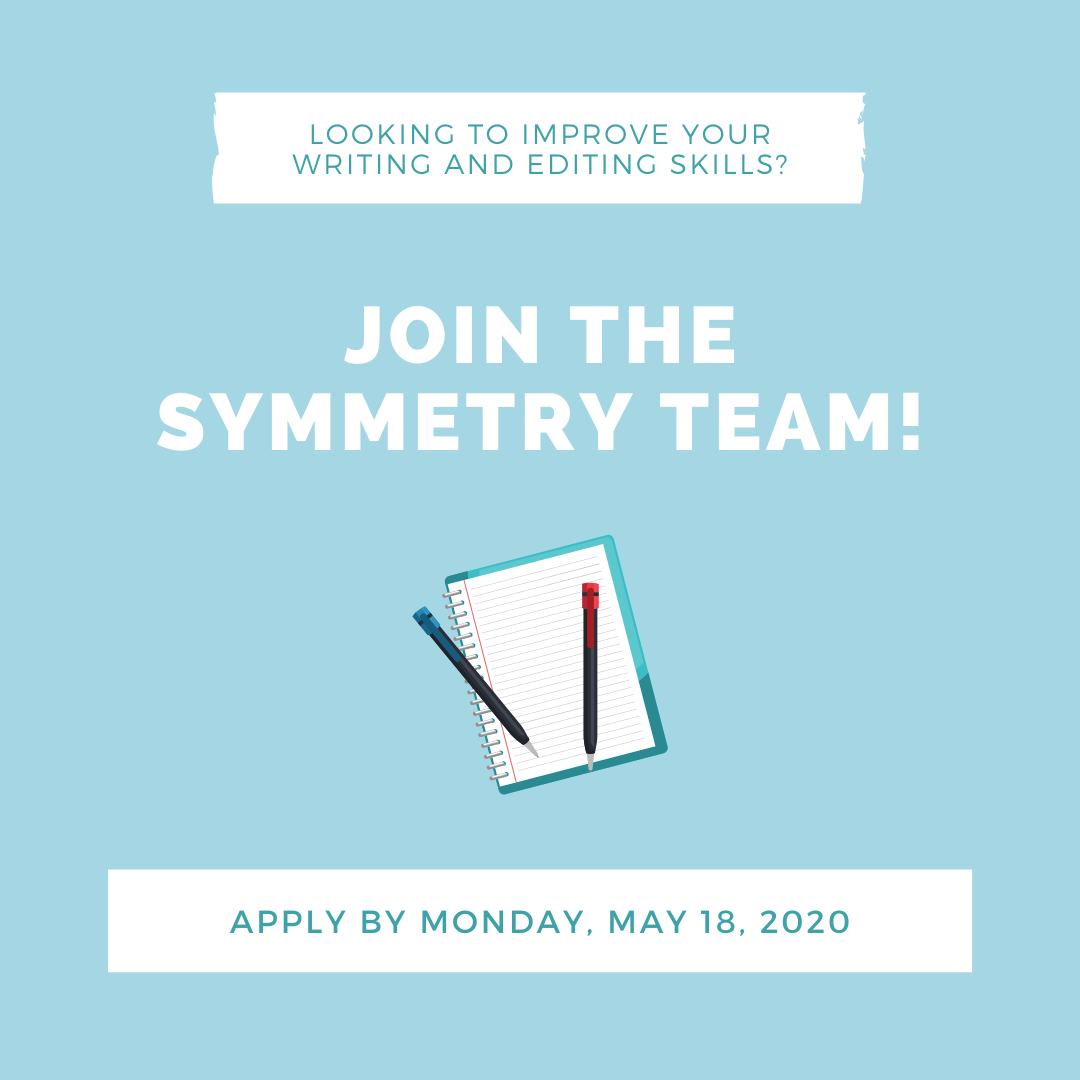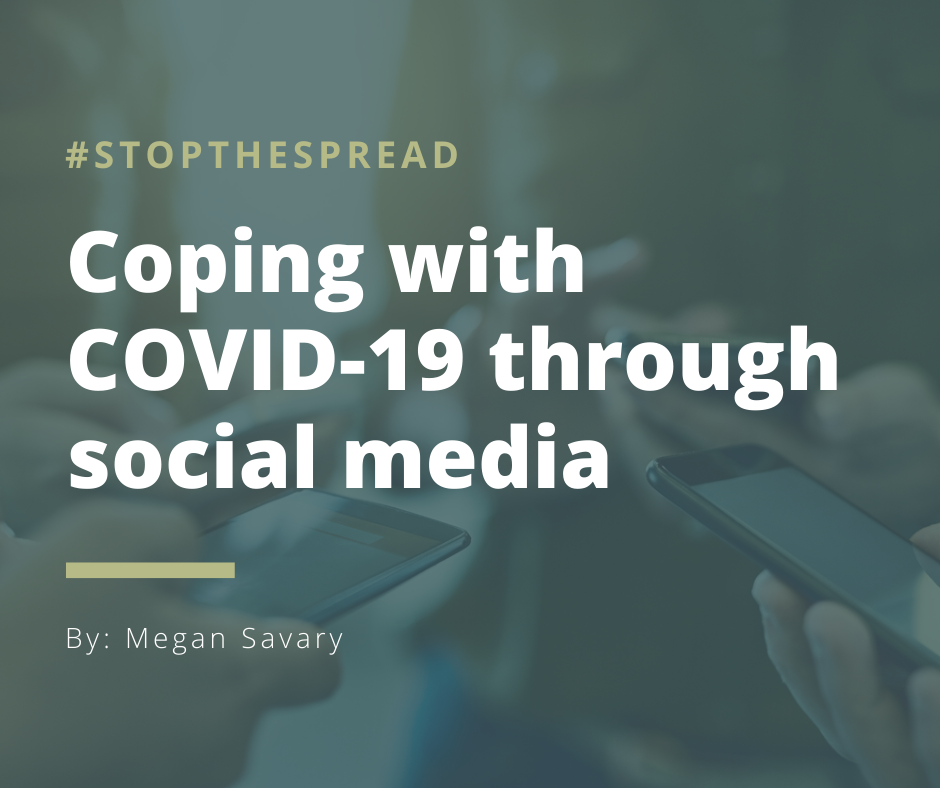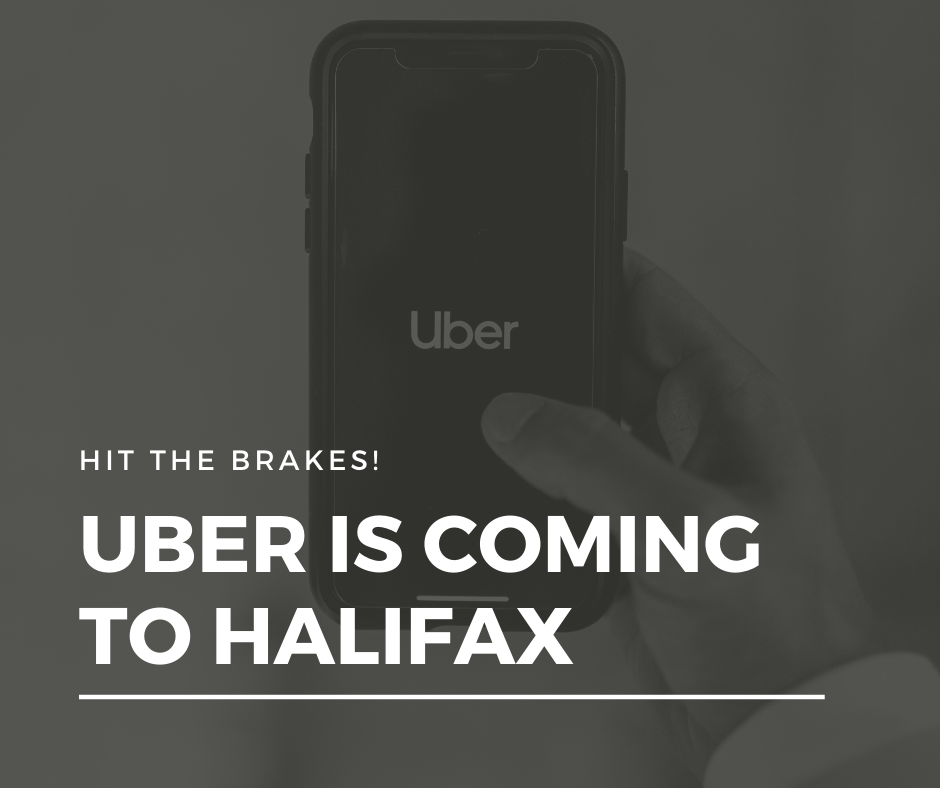When election time rolls around, politics transforms from a taboo subject to what everyone is talking about.
Who is running? What is everyone promising? What are they saying?
For all this information, Canadians often turn to the media – both social and traditional – which is why a flawless communications strategy is key to a successful campaign.
With six prominent party leaders all trying to share their vision with Canadians, breaking through the noise is a battle.
By now, we know voters went to the polls on Monday to re-elect Justin Trudeau with a minority mandate. But, what factors influenced Canadians? And, just how did the Liberal Party manage to pull off a stronger-than-anticipated minority?
While policies and principles show voters where leaders stand on issues, it all comes back to how they communicate that information, in both the digital and traditional realms.
During the 40-day election campaign (and its lead-up), party leaders attempted to connect with millions of Canadians of different regions, cultures, and religions, and with different priorities, views, and experiences. How did they do it?
Let’s look at some public relations strategies and tactics where we have to give props and others we pass on.
Props: Jagmeet Singh using TikTok
NDP Party Leader Jagmeet Singh was relatively unknown to most Canadians before the start of the campaign. After all, the former Ontario Member of Provincial Parliament (MPP) only became the leader of the party in 2017. In fact, he did not hold a seat in the House of Commons until 2019, after winning a by-election in British Columbia’s Burnaby South.
Contrary to prior predictions, Singh and the NDP gained popularity steadily as election day grew closer. As a practicing Sikh, Singh was the first racialized Canadian to lead a major federal political party on a permanent basis. He came off as the kind of different that progressives wanted – dedicated to issues of race and inequality, and siding with ordinary Canadians over the elite.
He was energetic, authentic, and relatable – even to those not old enough to vote. Look no further than Singh’s use of the popular lip-synching platform TikTok to see just how relevant he has become amongst the younger demographics.
Breaking down your platform in a simple and concise way is challenging, but Singh did just that with his short videos. Using the newer video-based platform, Singh demonstrated his fun side by showcasing his platform to a lip sync of the song “Choices” by E-40 and another to “Indigo” by NIKI. This was well received by younger supporters.
This popularity, however, did not lead to increased seats for the NDP. The party lost ten of their seats and were reduced to a fourth-place party Monday night – but Singh’s popularity continues to grow online (Rhianna, anyone?). Singh is definitely one to watch.
Pass: Andrew Scheer’s response to his views on same-sex marriage
It is a well-known fact that Conservative Leader Andrew Scheer has held socially conservative views in the past. In August, the Liberals resurfaced those views, sharing a video of Scheer’s 2005 speech against the legalization of same-sex marriage.
A media frenzy followed suit.
Scheer was asked about his past comments on same-sex marriage, time and time again. Paired with his absence at Pride events, some Canadians were disappointed in him. Scheer’s major misstep was not being clear on whether his views on same-sex marriage had evolved. At the end of the day, if you’re not clear on where you stand that means it’s open for interpretation.
Scheer has not hid his social conservatism, so it shouldn’t have been shocking to his campaign team that he would have to address his views on same-sex marriage.
He could have classified his view as outdated, apologized and stood with the community – but he didn’t. Scheer’s response come across as weak and didn’t stem the questions. People were left still guessing how he felt about same-sex marriage, with him progressively using stronger language as the days of coverage went on.
Watch Scheer’s response here.
Lesson learned: Own your mistakes, be clear about your present stance, and reach out to those who were impacted by your actions.
Props: Justin Trudeau’s bus ad
Liberal Leader Justin Trudeau won the award for best commercial of the election, in our view. Trudeau has built his brand on being a man-of-the-people – which can be challenging when you have a trust-fund. He can often be seen with sleeves rolled and no suit-jacket, something that’s drastically different from former Prime Minister Stephen Harper.
The ad shows Trudeau out in the community, surrounded by a diverse groups of families. He is also riding public transit, playing into the Liberals’ focus on environmental policy and helping everyday Canadians. Not only does it look good and have a relaxed feel, it feeds into the Liberals’ desired narrative: let’s keep this good thing we have going.
CBC’s This Hour has 22 Minutes’ funny spoof of the commercial is also worth watching.
Pass: Justin Trudeau cutting Andrew Scheer off on election night
For most campaign teams and political leaders, election night is a tough one. There is only one party who will form government. For the others, that means concession speeches.
It’s tradition that the parties who don’t win the most seats go out first to address the nation and their teams. This is generally a ‘thank you for your hard work and support,’ an assurance that they’ll hold the new government to account, and a congratulations to the winner.
With six party leaders this time around, that makes for a late night, but people generally wait their turn.
Trudeau decided to give his speech only 30 seconds into Scheer’s speech. People watching saw a scramble as networks went to a split screen and were forced to choose who to air. This looked bad on Trudeau – making it look like a personally-motivated attack on Scheer since all of the other leaders had their time to speak.
As the winner, the burden is on you to be the bigger person. After hours of watching and waiting, what’s another ten minutes?
Lesson learned: Always be a humble winner – even after a mud-slinging campaign. It’s the prime minister’s job to unify the country and that starts with outreach to the other party leaders. Next time, just give everyone their 10 minutes in-front of the camera.
Props: Jagmeet Singh using traditional narratives
In politics, a narrative is the larger point you’re trying to make. During a campaign, everything that is communicated should feed into and build that narrative – but, often, there is little use of storytelling.
At many of his press conferences, Singh chose to share his policy announcements using personal stories from Canadians. Rather than saying how his suggested policy would help Canadians at large, he shared the struggles he heard directly from a specific Canadian, and focused on how his policy would make life easier for them and people facing similar issues. This helped with Singh’s desired narrative of being for the people.
Pass: The #Brownface controversy; props: issuing a timely response
There is no way to diminish the issue that plagued this year’s election: the emergence of various photos and videos of a young Trudeau sporting ‘brownface’ publicly. This tarnished Trudeau’s pro-diversity stance, especially when more and more photos resurfaced. It was the Liberals’ election to lose… and the controversy had the potential to do just that.
On the positive side of things, the Liberals quickly responded to the first set of photos – on the airplane runway in Halifax, nonetheless.
Within hours, Trudeau issued a sincere apology and was evidently upset with himself. The response was timely and Trudeau made it known that his actions were deeply regrettable.
The problem was that his initial statement failed to address the additional videos and photos that would surface in the days to follow. Being up-front and honest during a crisis is key. If you don’t know the answer, that’s ok. It’s better to be open and honest, then play it safe and get caught in a lie.
On top of that, Trudeau initially tried to soften the major misstep by referring to it as “make-up,” saying that he’s “been more enthusiastic about costumes than is sometimes appropriate.”
At the end of the day, however, Trudeau and the Liberals managed to overcome the controversy, and redirect the conversation back to his narrative.
Lesson learned: Honesty in a crisis is key. If you’re not sure, be up-front about that, and follow in Trudeau’s footsteps with a quick response.





